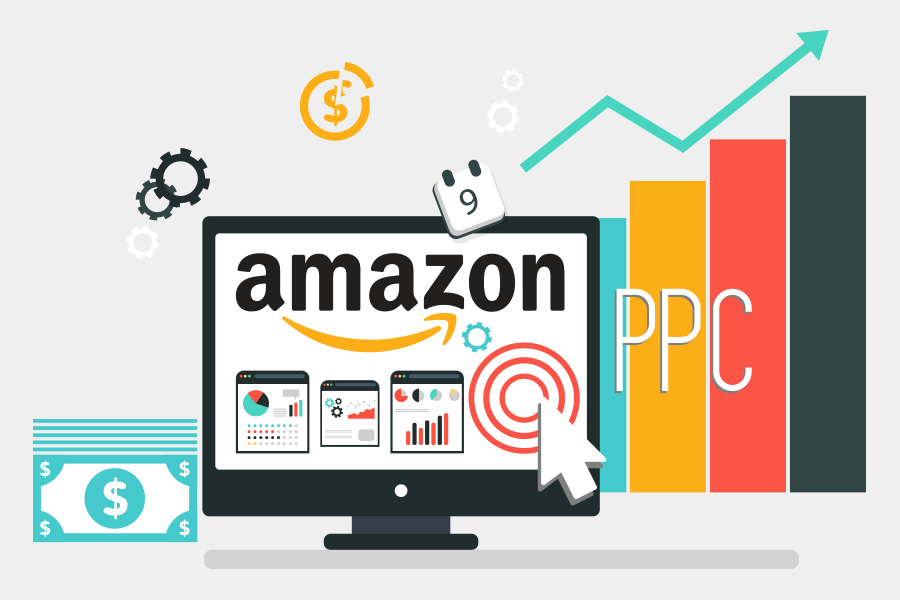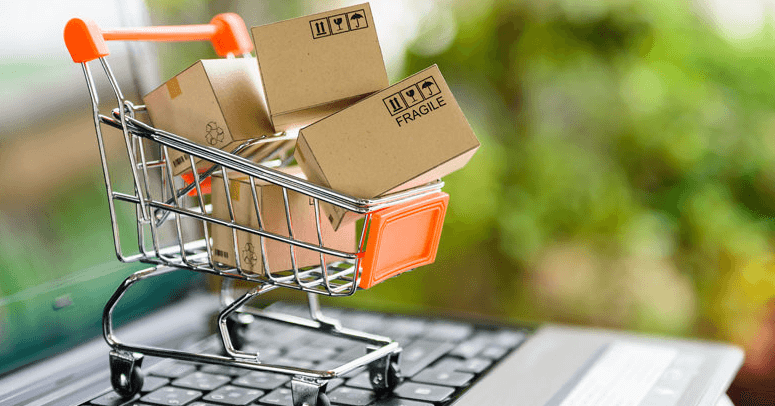
Amazon demand side platform advertising is a great way for brands to reach more people. It provides the data and reports advertisers need to optimize their campaigns.
There are many ad types available on the platform that can be used to reach customers at different stages in their journey. These include brand awareness and cross-sell.
What is DSP?
Amazon DSP advertising allows marketers to target and bid for ads across a variety of inventory sources. This includes websites, social media sites, and online video channels.
DSPs capture data about users to display them relevant ads based their search, buying or browsing habits. This helps agencies and marketers improve targeting and bidding strategies as well as optimize ad rotor.
The dashboard provides an overview of campaign performance that allows advertisers to make data-driven decision. This allows them understand when and how to adjust their campaigns. This leads to higher conversion rates.
DSP advertising, when used correctly, can be a powerful tool to scale brands on and off Amazon. DSPs allow you to access a broad range of inventory sources and help you reduce costs while increasing visibility. They also deliver on your ROI goals. This can be particularly useful for ecommerce businesses with D2C (direct-to-customer) models that are looking to increase awareness and drive sales.
DSP Console

When you're ready to launch your brand's marketing campaign, you'll need to choose the right advertising tool for you. You will need to decide if you want to manage your campaigns through an agency authorized by Amazon.
DSP ads are an excellent way to build brand awareness and place your product in front the right people. Brands can also run Streaming TV Video (STV), ads that reach people on the internet and mobile devices.
The DSP allows advertisers to target specific products, creatives and ad placements. These targeting options allow advertisers to improve their campaign strategy and gain performance insights that will help them achieve the highest possible ROI.
Advertisers can also use Amazon audience data to find the most suitable target audience for their ads. This makes it easier for agencies find the right audience, based on customer journey stage and shopping behavior. It is a great way of getting more from your Amazon DSP campaigns, and increasing the probability of new customer acquisition.
DSP Campaigns
Amazon dsp allows advertisers to target shoppers at various stages of the customer journey. It's an ideal option for brands who want to expand their business by targeting a larger audience and more qualified customers in a growing marketplace.
Amazon DSP offers many targeting options, beyond keyword search. This includes remarketing, lookalikes content, and contextual targeting. These all target people based on what they've already bought and visited, as well as their interests and behavior.
Once you have established your goals and selected an audience it is time for you to start building your campaign. You can select the ad type and creative assets (banners or interstitials), from the campaign manager page. ), supply sources, and budget. You'll then be guided step-by–step through setting up your Amazon DSP Ad campaign. Next, you'll have the ability to monitor and optimize campaigns on an ongoing base. This will assist you in achieving your advertising goals faster.
DSP Agency

Amazon DSP allows advertisers to tap into the huge data pool that Amazon has. There are many placement options available, including video and display, OTT and mobile interstitial ads.
It works by targeting shoppers based on their past behaviors and affinity towards brands. This data can be used to help brands make better strategic decisions and improve their ROI.
DSP helps advertisers track campaign performance and targets. Using metrics like click-through rate, conversion rates, and viewability, it can provide you with insights to optimize campaigns.
Initial, the DSP team will create a report on your campaigns. This report will include data and trends the team discovered during their review. The team can use this data and trend information to create a demand-side platform plan. This plan includes target customers, opportunity size, budget recommendations, and holiday/sales holidays breakdowns.
FAQ
What are the benefits and drawbacks of shopping online?
Online shopping has many advantages for both retailers and consumers. The main advantage is convenience, which allows people to shop anytime they want. There are no restrictions on what products you can purchase because you don’t have the need to go to shops to browse. However, there are also several disadvantages. Online shoppers don't always know what an item costs before they purchase it. This could cause them to spend too much. Customers might also feel safer shopping in big-box stores because they have the opportunity to see products in person. In addition, if a customer buys something online and then decides not to keep it, he or she won't have a physical copy to return. Finally, online shopping may pressure brick-and-mortar stores because they might lose business to online competitors.
Does it make sense to ask for discounts on shopping?
It is a good idea to always negotiate a lower price for items you buy. It's not rude to ask if they have any discount codes available. They may be able to offer you a deal if you are polite. This could save your money over the long term.
What are the reasons I shouldn't believe all the hype about sales in online and offline shops?
Sites sometimes exaggerate the price of an item in order to make it appear that you are spending more. It is up to you, therefore, to ensure that the prices you receive are correct. To make sure you don't lose the item, add it to your cart. Next, do a quick Google search of the name of the designer and the product type you are looking for. You might be surprised at how much you actually paid for the deal. You might be able find the same item for less.
Do I really need to register a credit card number in order to shop online with it?
Registering for your credit is optional. You may want to register your credit card if you would like to receive discounts and special offers. It's a good idea that you verify your identity to your bank.
How do you use your debit card when shopping online?
It all depends on what product you are purchasing and how much cash you have. If you don't want to pay extra fees for using a credit card, then you should go for a debit card.
A debit card can be a great option for those who don't have enough money to make purchases.
You can withdraw money using a debit card without incurring interest and other charges.
It is also possible to buy groceries or petrol at ATMs, making them extremely convenient.
Statistics
- According to the Federal Trade Commission (FTC), online shopping was the fourth most common fraud category for consumers as of February 2022.5 (thebalance.com)
- The tax is automatically added once you click the checkout button, so factor in an additional 20% when looking at the product page. (makeuseof.com)
- An approximately 90% increase in price affords Hotel X the opportunity of extreme profits under severe circumstances. (dos.ny.gov)
- Beyond that, you'll be liable for a 25% import tax. (makeuseof.com)
External Links
How To
Online shopping is safe?
Yes! It is safest place to conduct business. It is simple to secure yourself with security software. You can also keep your personal information private.
Online shopping is very popular as it allows customers to shop from their own homes.
It is important to remember that even if you shop online, it is still important to apply common sense and observe basic safety precautions.
Don't, for instance, give out credit card numbers over the phone. Hang up immediately when someone calls pretending they are from your bank.
Never email sensitive information, such as passwords and account numbers, via email. Instead, log into your accounts using a secure website.
Before entering personal information, it's a good idea to always check the address bar of your browser. Register for the free services of the Federal Trade Commission (FTC), and the Better Business Bureau(BBB) if you are concerned about identity theft.
These organizations will monitor your transactions, and alert you if there is anything suspicious.
They will even inform you if someone attempts to steal or compromise your identity.
These are some tips to help you avoid being conned.
-
Never provide financial information over the phone or email.
-
Don't click on links in unsolicited emails.
-
Avoid clicking on ads that ask for your personal information.
-
Never enter your password or PIN on a site you didn't initiate.
-
Before you submit personal information, make sure that you verify that it is the right site.
-
Do not submit personal information on websites that claim to be legitimate.
-
Check all addresses and contact information before providing personal information.
-
Pay attention to hidden charges
-
Keep copies of your receipts so you can dispute unauthorized charges later.
-
Report any fraudulent activity to the FTC or BBB, your local Police Department, and/or your State Attorney General.
-
When you make purchases online, take advantage of offers and discounts.
There are many ways to save on electronics, clothing, jewelry and other household items, such as books, DVDs CDs, DVDs, CDs or toys.
The best part about it is that shipping costs are often lower.
Start shopping online now. It will be easy to find almost all your items online and not have to go to multiple stores.
Additionally, you won't be faced with crowds and lines.
You should definitely give it a go.